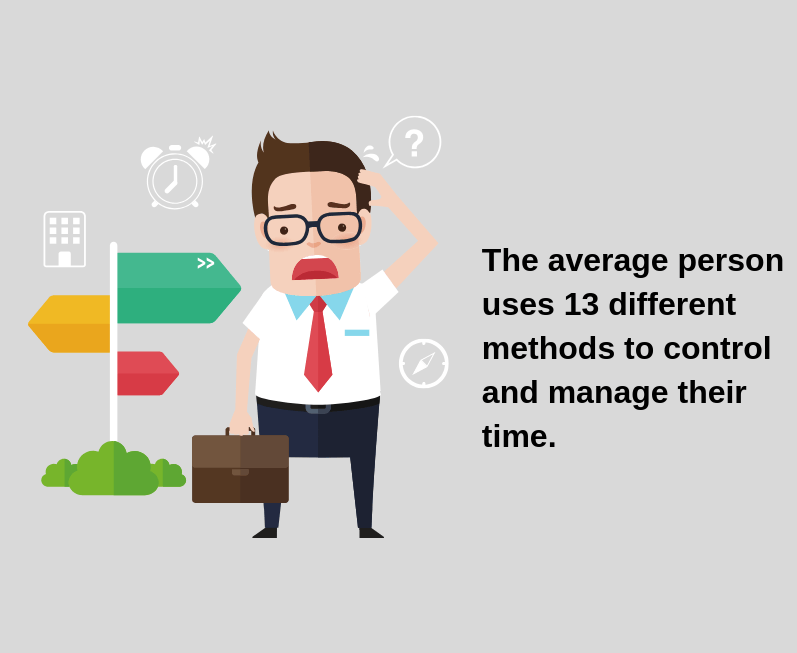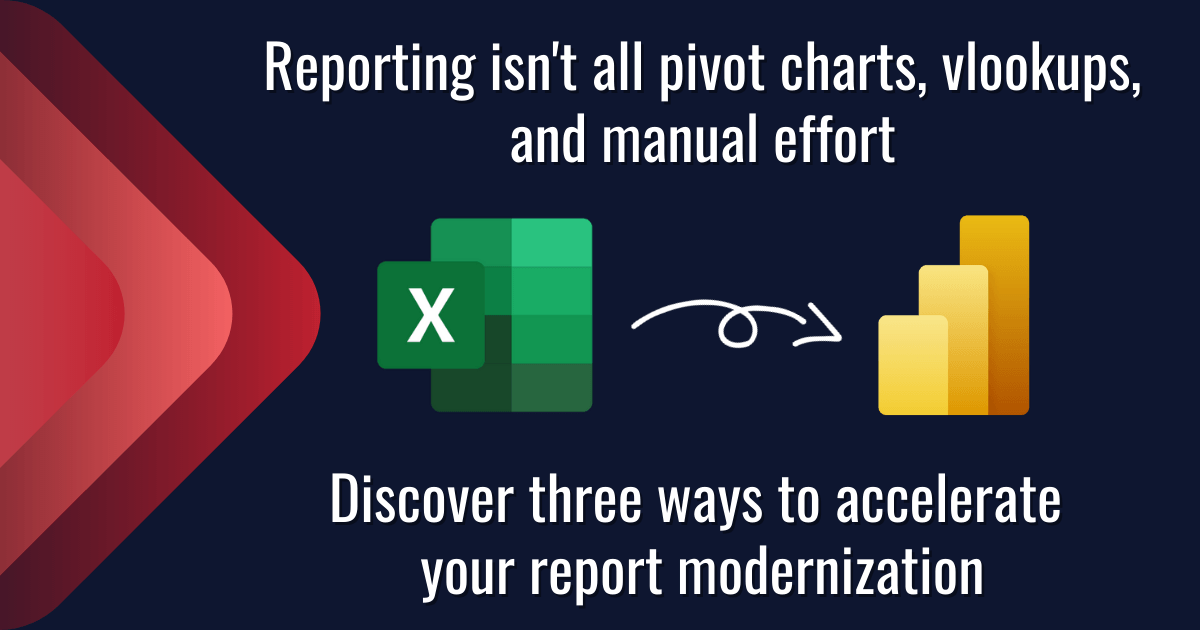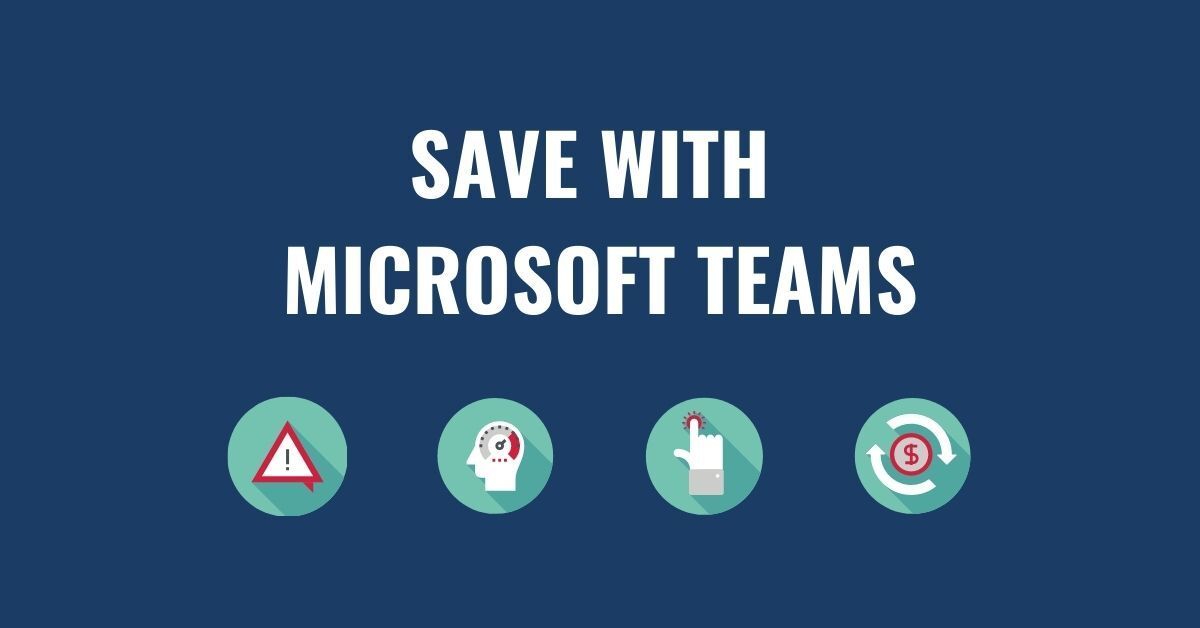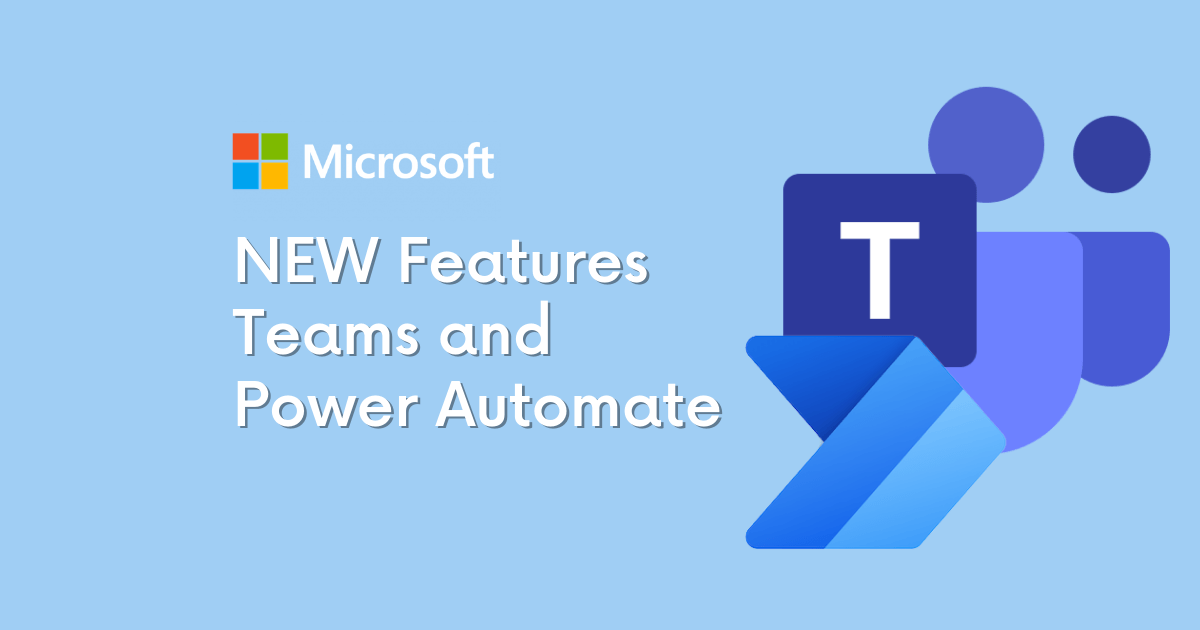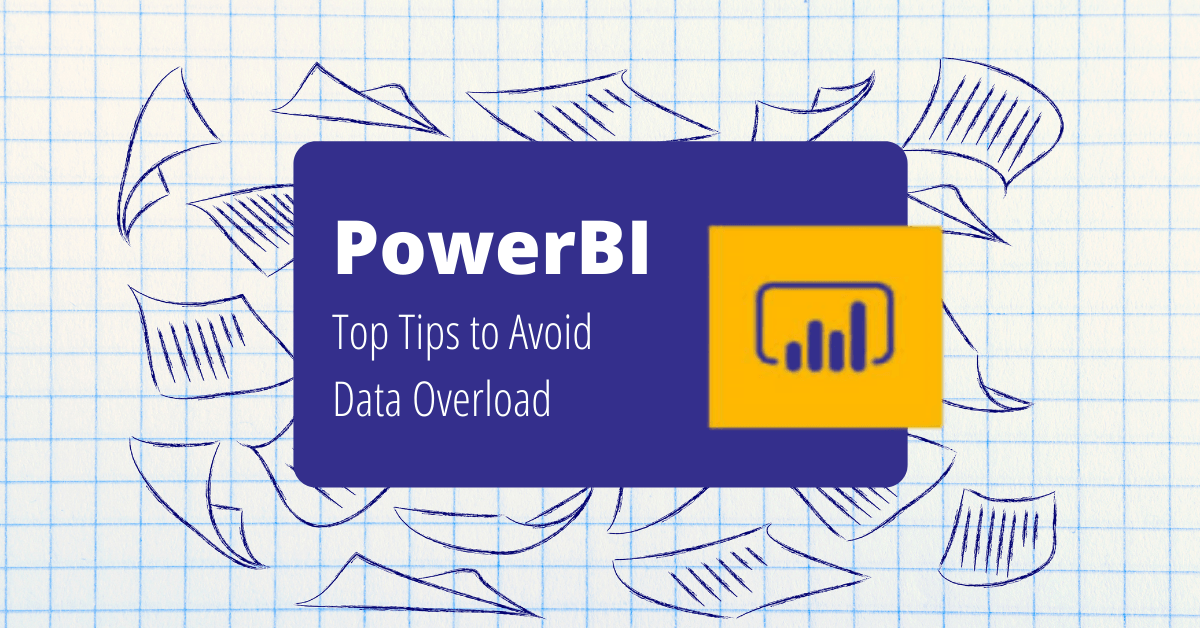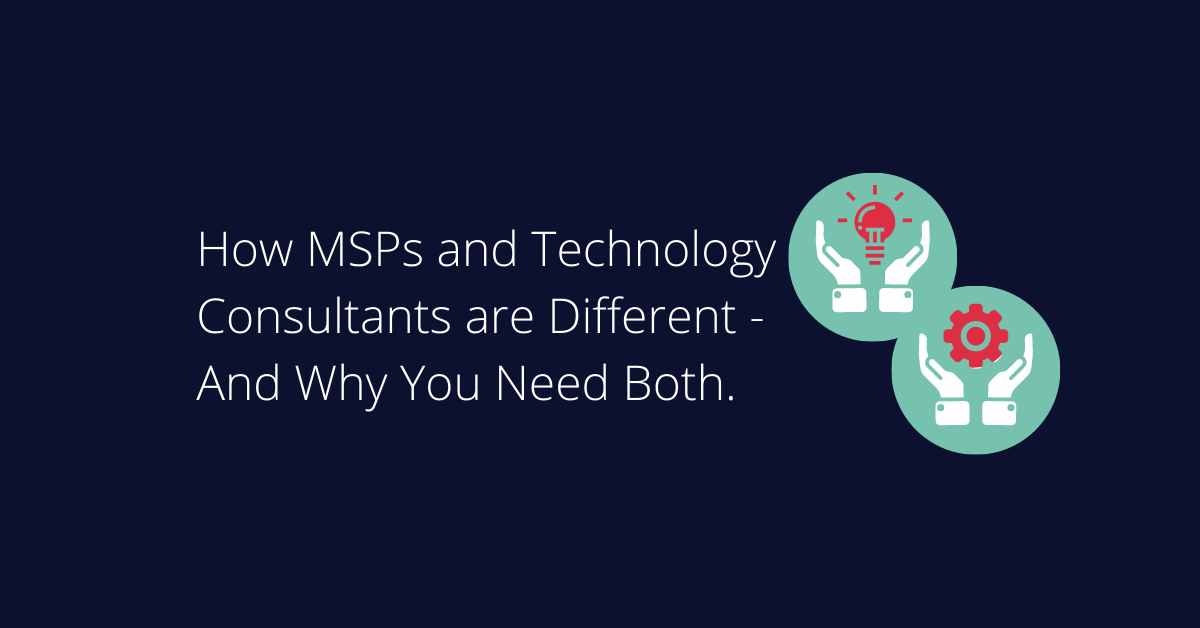Everyone has their own methods of managing their tasks, regardless of success. We all know that team member’s desk littered with sticky notes and scribbled reminders falling out of their computer bag. How they make sense of the clutter is a mystery to everyone and isn’t conducive to team collaboration. Alternatively, we’ve all been bombarded with more than a dozen different tools made to streamline our to-do list and work more productively. With so many options and a variety of features, it can be easier to stick with the sticky notes than try to weed through the choices and convert to a brand new way of doing things.
97% of employees and executives believe lack of alignment within a team impacts the outcome of a task or project. In a business environment focused on output, that fact simply can’t be ignored. Sticking with the status quo of task management, especially across multiple team members in multiple locations, is no longer viable. Project supervisors and team managers need help; they don’t have the option to run by everyone’s desk for a quick audit of their sticky note to-do list. This results in the dreaded and disruptive “5-minute status call” that somehow takes a full hour away from the team.

